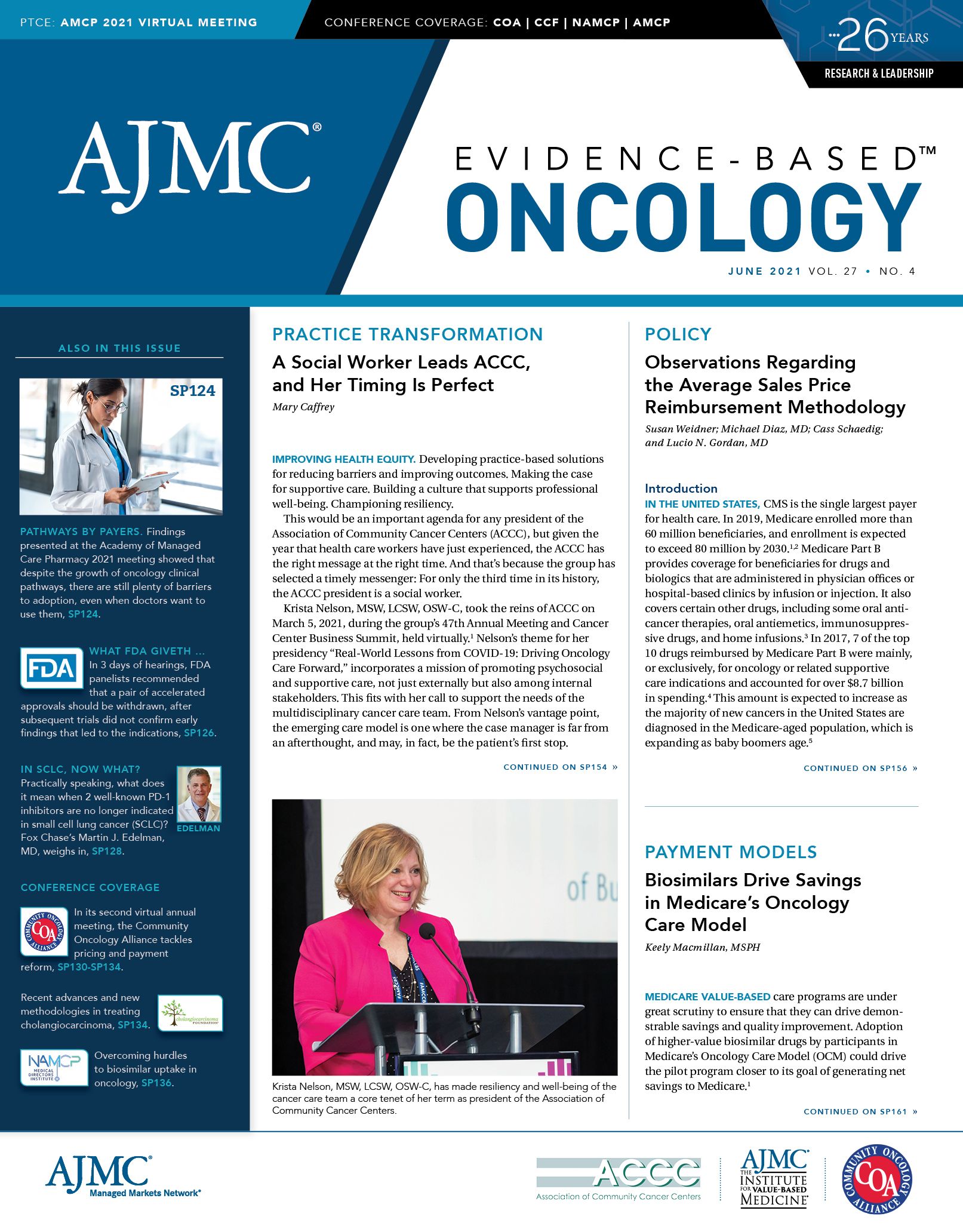- Center on Health Equity & Access
- Clinical
- Health Care Cost
- Health Care Delivery
- Insurance
- Policy
- Technology
- Value-Based Care
Dollars and Sense
In Dollars and Sense, Dan Ariely and Jeff Kreisler argue that as most of us ponder our purchases, we are driven far more by emotion than by a fully objective approach to decision-making. The goal of the book is to guide readers through a process of stepping back from emotion-driven financial decision-making toward a model based upon rational economic choices. That road is tougher than it seems.
We are in the midst of a period of immense national legislative energy around making systemic changes to our health care system with the conjoined goals of expanding access and reducing costs. The lessons of Dollars and Sense are worth keeping in mind as we prepare to navigate this complex and convoluted journey. Before getting pulled into the rapids of change, it is essential to take a brief pause to understand the potential unintended risks of moving forward on the tide of emotional energy to get things done quickly.
In this issue of Evidence-Based Oncology™, authors from Florida Cancer Specialists and AmerisourceBergen (Weidner et al) look at a piece of the health care payment tapestry, the current Medicare Part B drug reimbursement methodology. They present a data-centered vision of what works, what might be lost by moving forward with the types of dramatic changes seen in recent proposals, and what alternatives might be preferable to those proposed models.
The heart of their analysis criticizes the practice of looking only at the cost of cancer treatment
without a deeper understanding of the context in which these pharmaceuticals are delivered. Such an examination must look at what resources are required to maintain a sustainable system for delivering high-complexity, high-quality, patient-centered care to patients and families affected by a cancer diagnosis. As our nation prepares to tackle the issue of rising drug costs (especially for single-source biologics, targeted anticancer drugs, and immuno-oncology drugs), American Cancer Society data demonstrate that cancer survival has improved by the greatest increments ever for 2 consecutive years, based upon targeted treatments for previously chemorefractory cancers, such as non–small cell lung cancer. These improvements have been achieved within a care ecosystem that has permitted access to Medicare Part B drugs through the “buy and bill” model, or average sales price (ASP) + 6%. Proposals that risk undermining sustainable care delivery through this model risk undermining these extraordinary outcome advances.
Weidner et al make a persuasive, data-based argument that mechanisms built into the ASP+6
model for drug acquisition actually help to control the growth of drug costs. An implicit challenge the authors critique is that prior to embarking upon dramatic reactive changes directed at managing drug costs, we need to think far more carefully and critically about some essential, seemingly unanswered questions. For example, how do we define value in cancer care delivery? How do we drive value and enhance the value of cancer care? How do we create a better patient experience and more humanized care delivery? What role do high-cost therapeutics play in improving patient survival and quality-of-life outcomes? How do we enhance safety, cost effectiveness, and the financial sustainability of care delivery without undermining any of these essential elements? A hasty rush to change the existing oncology care model that would shift clinical resources away from doctors who are actually delivering care may undermine the integrity and sustainability of that care.
Fundamentally, Weidner et al make a strong argument that we should not create systems in which oncologists assume disproportionate risk in matters outside their control. Moreover, they show that a singular focus upon an isolated financial transaction (drug acquisition) within a continuum of highly complex care delivered over months and years is myopic. Further, it risks making non–data-based leaps of faith into a chasm that may prove inhospitable to patients and oncology practices alike. In the midst of a tremendous push to do doing “something” in health care, we should move carefully and think through the potential unintended consequence of reverse engineering our care delivery systems around the dollar. Such a model risks a lurch toward potentially reckless change that makes little sense in the context of the high-risk, high-complexity care delivery to patients facing what could be a life-ending illness.
Reference
Ariely D, Kriesler J. Dollars and Sense: How We Misthink Money and How to Spend Smarter. HarperCollins Publishers; 2017.

Impact of Amivantamab-Lazertinib on EGFR, MET Resistance Alterations in NSCLC: Danny Nguyen, MD
September 15th 2025The combination of amivantamab and lazertinib in first-line non–small cell lung cancer (NSCLC) significantly reduces resistance mechanisms with implications for second-line treatment, said Danny Nguyen, MD, of City of Hope.
Read More
“Expanding Access Isn’t Just About Fairness—It’s About Building Better Treatments for Everyone”
February 16th 2025Regina Barragan-Carrillo, MD, a postdoctoral fellow at City of Hope Comprehensive Cancer Center, discussed findings that show 76% of renal cell carcinoma trials take place in wealthy countries, amid news that clinical trial access for the world's poor may become even more challenging.
Read More
